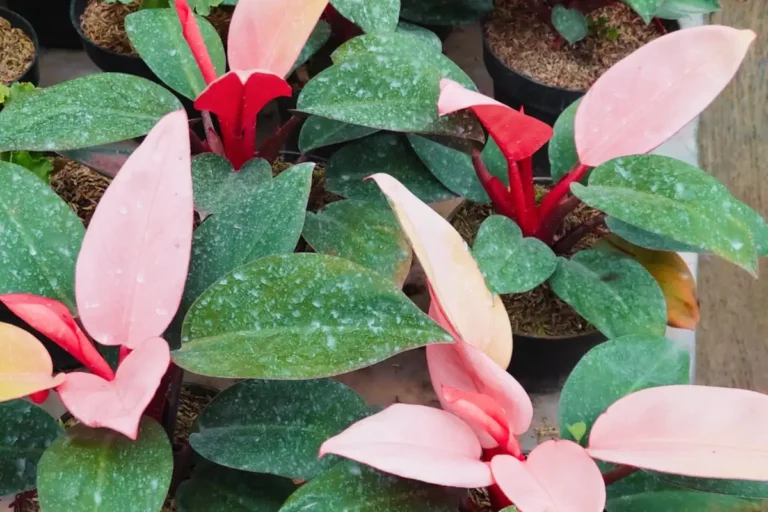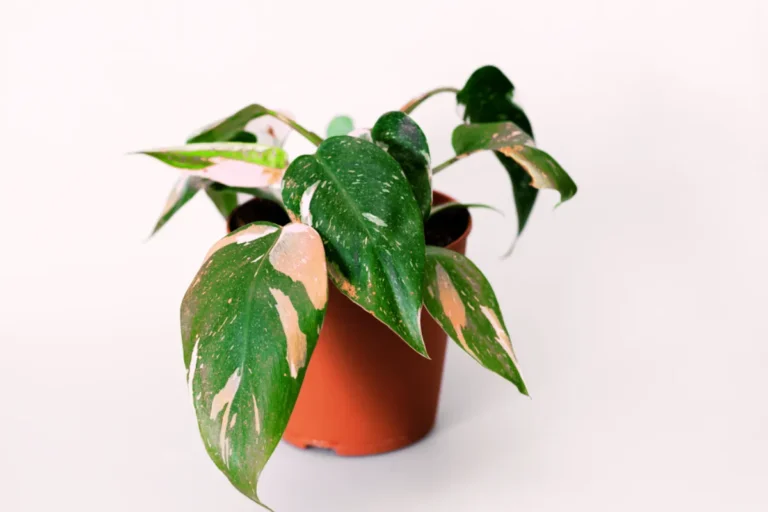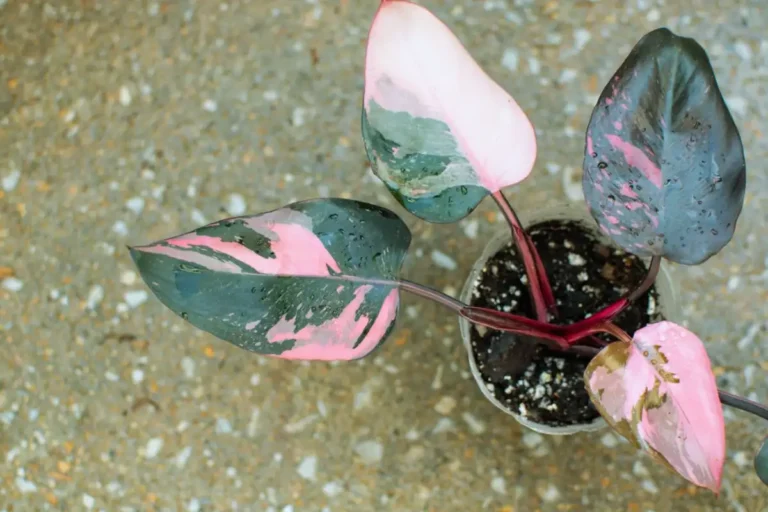Philodendron Pink Princess’s All Leaf Problems with Solution

Are your Pink Princess Philodendron’s leaves turning yellow, leaving you worried about its health? Have you noticed the signature pink hues fading or the once-vibrant leaves dropping unexpectedly? Maintaining the beauty and vitality of this stunning plant can be challenging, especially when faced with conflicting care advice. This blog is written just for you, addressing these common concerns and providing clear, actionable solutions to help your Pink Princess thrive and regain its striking appearance. Let’s dive into everything you need to know to keep your plant healthy and its pink variegation vibrant!
Instan Answer
Pink Princess Philodendron leaf problems like yellowing, dropping, and faded pink are often caused by overwatering, low light, or stress. Fix these with proper care—bright, indirect light, balanced watering, and consistent humidity for healthy, vibrant leaves.
Why Leaves Are Vulnerable to Plant Health Issues?
Leaves are the first part of your Pink Princess Philodendron to show signs of stress or disease because they are highly sensitive to environmental changes, pests, and nutrient deficiencies. Since leaves are responsible for photosynthesis, any damage to them directly impacts the plant’s overall health and growth. Here’s why they are so vulnerable:
By recognizing these early signs on the leaves, you can act quickly to maintain a healthy plant.
Common leaves problems happend with Pink Princess
Pink Princess Philodendrons can experience common leaf issues like yellowing, dropping, curling etc. These problems are often caused by improper care, environmental stress, or pests. Identifying these issues early helps you restore your plant’s health and vibrancy. Let’s explore these common leaf problems and their solutions.
1. Yellowing Leaves
If your Pink Princess Philodendron’s leaves are turning yellow, it’s often a sign of incorrect watering or poor drainage. When you see yellowing leaves, it’s important to address the problem quickly to avoid further stress on the plant.
Reason:
Effect on the Plant:
How to Fix It:
2. Brown Leaf Tips
When you notice brown tips on your Pink Princess’s leaves, it’s usually due to low humidity or improper watering. If your plant’s tips are turning brown, it’s a sign it needs more consistent care.
Reason:
Effect on the Plant:
How to Fix It:
3. Curling Leaves
If you see your Pink Princess’s leaves curling, it’s often due to water stress or pests. When leaves curl, it’s the plant’s way of protecting itself from unfavorable conditions, and fixing it quickly is key to keeping it healthy.
Reason:
Effect on the Plant:
How to Fix It:
4. Leaf Spots
When you notice brown or black spots on your Pink Princess’s leaves, it could indicate a fungal or bacterial infection. If you see spots forming, take action quickly to prevent the infection from spreading.
Reason:
Effect on the Plant:
How to Fix It:
5. Pale or Discolored Leaves
When your Pink Princess’s leaves lose their vibrant color and appear pale, it’s likely due to a nutrient deficiency or lack of light. If your plant’s leaves are looking washed out, it’s time to adjust the care routine.
Reason:
Effect on the Plant:
How to Fix It:
6. Drooping Leaves
If your Pink Princess’s leaves start to droop, it could be due to inconsistent watering or being root-bound. When you see drooping leaves, it’s a sign that the plant is struggling to take up water or nutrients effectively.
Reason:
Effect on the Plant:
How to Fix It:
7. Wilting Leaves
If your Pink Princess’s leaves are wilting, despite adequate watering, it could be a sign of root rot or excessive sun exposure. When you see wilting leaves, it’s important to assess both the soil and light conditions.
Reason:
Effect on the Plant:
How to Fix It:
8. Leaf Discoloration (Pink to Green)
If your Pink Princess’s signature pink coloring begins to fade and turn green, it’s a sign that the plant isn’t getting enough light. When you notice this, it’s time to increase the light exposure to help the variegation return.
Reason:
Effect on the Plant:
How to Fix It:
final thoughts
Caring for a Pink Princess Philodendron can feel overwhelming when leaf issues arise, but understanding the causes and solutions makes all the difference. From yellowing and dropping leaves to faded pink hues, we’ve covered every common problem to help you identify and address these challenges confidently. Our goal is to provide you with reliable, expert-backed advice so your plant can thrive in all its vibrant glory. With patience and consistent care, your Pink Princess can grow healthy, lush, and as stunning as ever. Trust us as your go-to source for future plant care insights—we’re here to guide you every step of the way!






